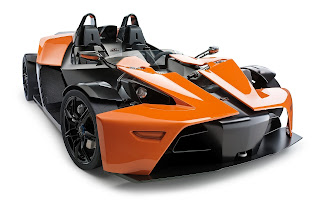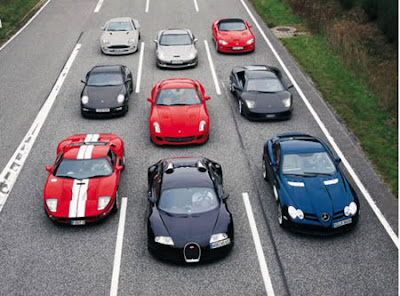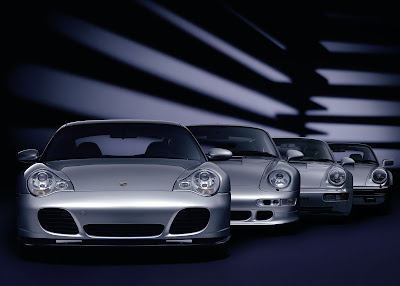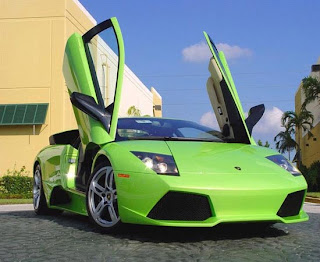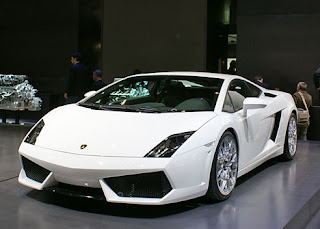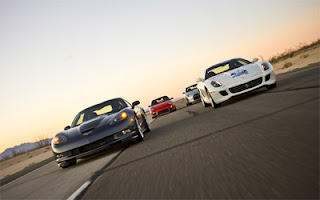The Beauty That Sports Cars Possess
Cars, in general, possess both form and function. The designers did not compromise aesthetics with performance.
Cars, in general, possess both form and function. The designers did not compromise aesthetics with performance.
However, there is something about sports cars that make them stand out when it comes to beauty. And we are not talking about external features only.
There is more to physical features like, sleekness of the car, that determine its beauty.
Here are some of the characteristics that endear sports cars to car enthusiasts.
- Sports cars have attitude at first glance.
Sports cars speak the attitude that they possess. They are not like mere cars whose presence can be ignored. They captivate the eyes of those who see them. They imply that thrill and enjoyment van be expected when their hands are those that control the wheel.
Sports cars stand above other cars, that are seen very day, primarily because the designs imply what they are capable of doing. A sleek look really matches a car with sleek activities.
- Sports cars possess greater power.
Their power comes from their more powerful engines and has other specifications than other the cars have. A sports car can do more than ordinary tasks because of the features that only they possess.
- Sports cars are made for driving pleasure.
Ordinary cars make driving monotonous and boring, while on the other hand, sports cars primarily aim to give the drivers a "high" feeling of speed and control. Only sports cars can provide that need for drivers who seek adventure.
Sports cars bring the thrill back to driving. They express what other cars can not. Sports cars are not designed just for practicality, but for pleasure too.
- Sports cars are made for drivers who enjoy their ‘wild side’.
Drivers do have the need to express this ‘wild side’. Sports cars make any road a venue to satisfy those needs. Only sports cars can match the “wildness" that drivers innately have. For that reason, sports cars perfectly compliment the child in every driver.
- Sports cars have evolved and improved through the years.
Drivers appreciate the improvements that have been made to sports cars. You could say that sports car technology has infinite possibilities. The stereotypes of sports cars have long been debunked. Those limits have been crossed. The only thing that car enthusiasts can do is to watch as these improvements unfold before their very eyes.
- Sports cars make their owners feel good about themselves.
Sports cars are lifeless. They cannot feel proud because they are beautiful, but their owners take pride in having them.
With all these things said about the intrinsic and extrinsic beauty that sports cars possess, only a person who does not appreciate their beauty and/or speed will not opt to get one.

